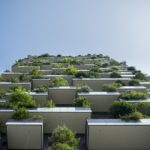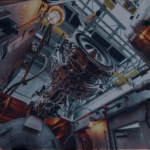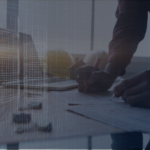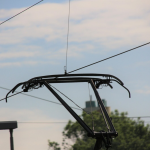
Régulation thermique des bâtiments et locaux
Mots clés : confort thermique, dimensionnement, climatisation, taux de renouvellement d’air, brassage, humidité, vitesse, puissance, débit, bâtiments, infrastructures, CFD, simulation numérique, calculs 3D, PMV, PPD.
Enjeux et objectifs
Le confort thermique représente un nouvel enjeu primordial dans de nombreux secteurs d’activités et particulièrement dans celui du bâtiment.
Avec des conditions environnementales de plus en plus extrêmes (réchauffement climatique, pic de chaleur, …), les variables définissant le confort thermique prennent une plus grande place dans le développement des infrastructures accueillant du public.
Les systèmes de climatisation se doivent d’être toujours plus performants pour compenser ces phénomènes nouveaux.
A contrario, les normes environnementales sont de plus en plus restrictives quant aux consommations en énergie. Le rapport consommation/confort doit être dimensionné au plus juste pour atteindre les critères souhaités.
Le confort thermique relève d’une réelle complexité puisque la température du volume n’est pas le seul facteur permettant de caractériser le confort : courants d’air, variations de température verticales, température du sol et activité métabolique feront varier le ressenti de confort thermique.
Nous en côtoyons chaque jour dans nos centres commerciaux, lieux de travail, stations de métro et autres.
Complémentairement, la question des particules fines, dégagement gazeux nocif pour l’homme et plus généralement, la question de l’environnement est abordée dans ces dimensionnements. L’étude du confort thermique en calcul CFD 3D permet de connaitre les zones dites « mortes » où l’accumulation de particules, gaz nocif, bactéries peut être visualisée puis optimisée.

Prestations CIMES
Ξ Prédimensionnement par approche système des caractéristiques de climatisation et de chauffage (puissance, débit)
Ξ Calcul des taux de renouvellement d’air et de brassage
Ξ Simulation numérique 3D et qualification des zones mortes
Ξ Validation des températures, taux d’humidité, confort thermique
Ξ Qualification du confort thermique par les critères de Fanger (PMV, PPD) ou par une loi imposée
Ξ Optimisation des systèmes de régulation thermique (réduction perte de charge, distribution d’air, ponts thermiques)







